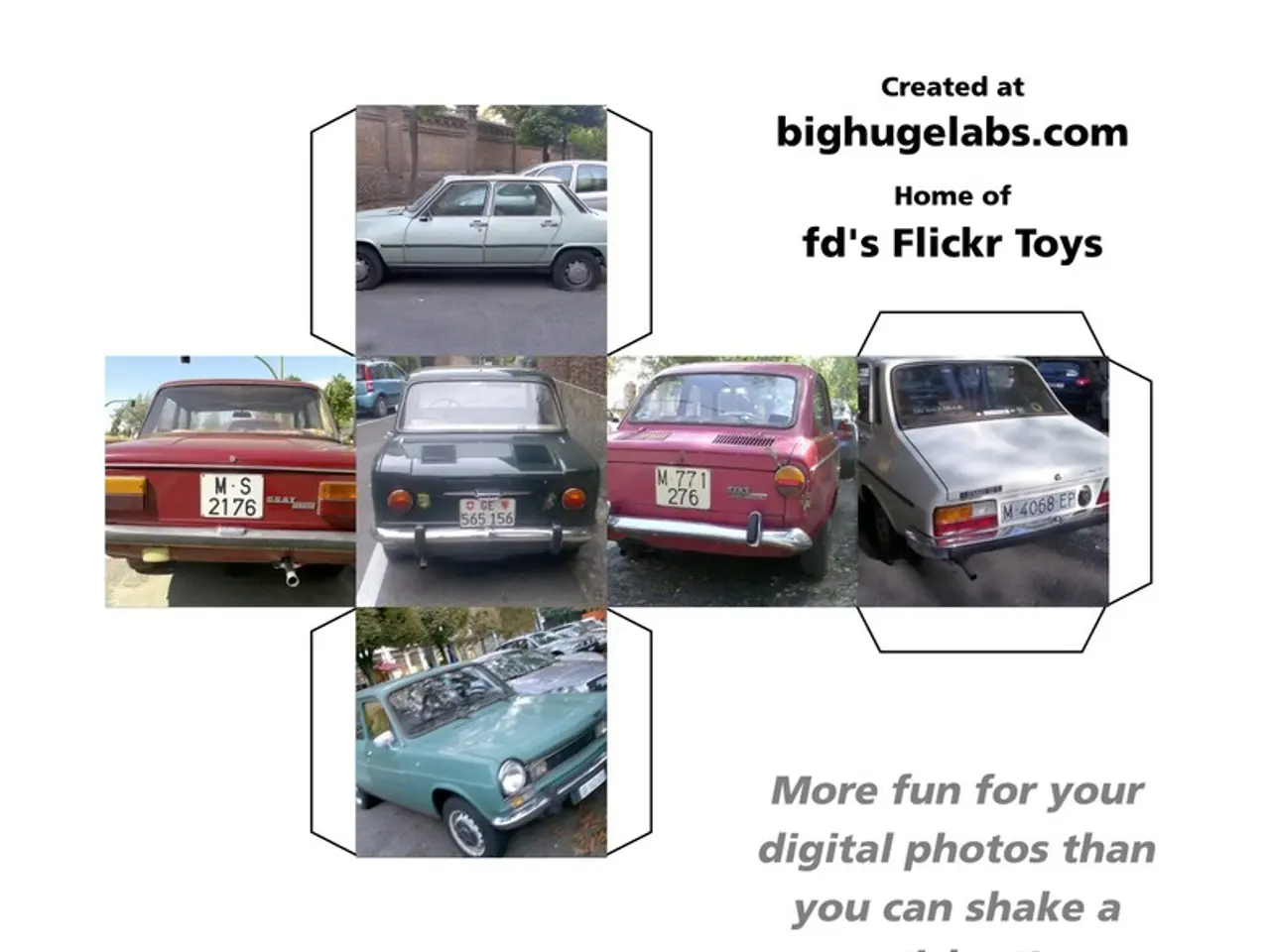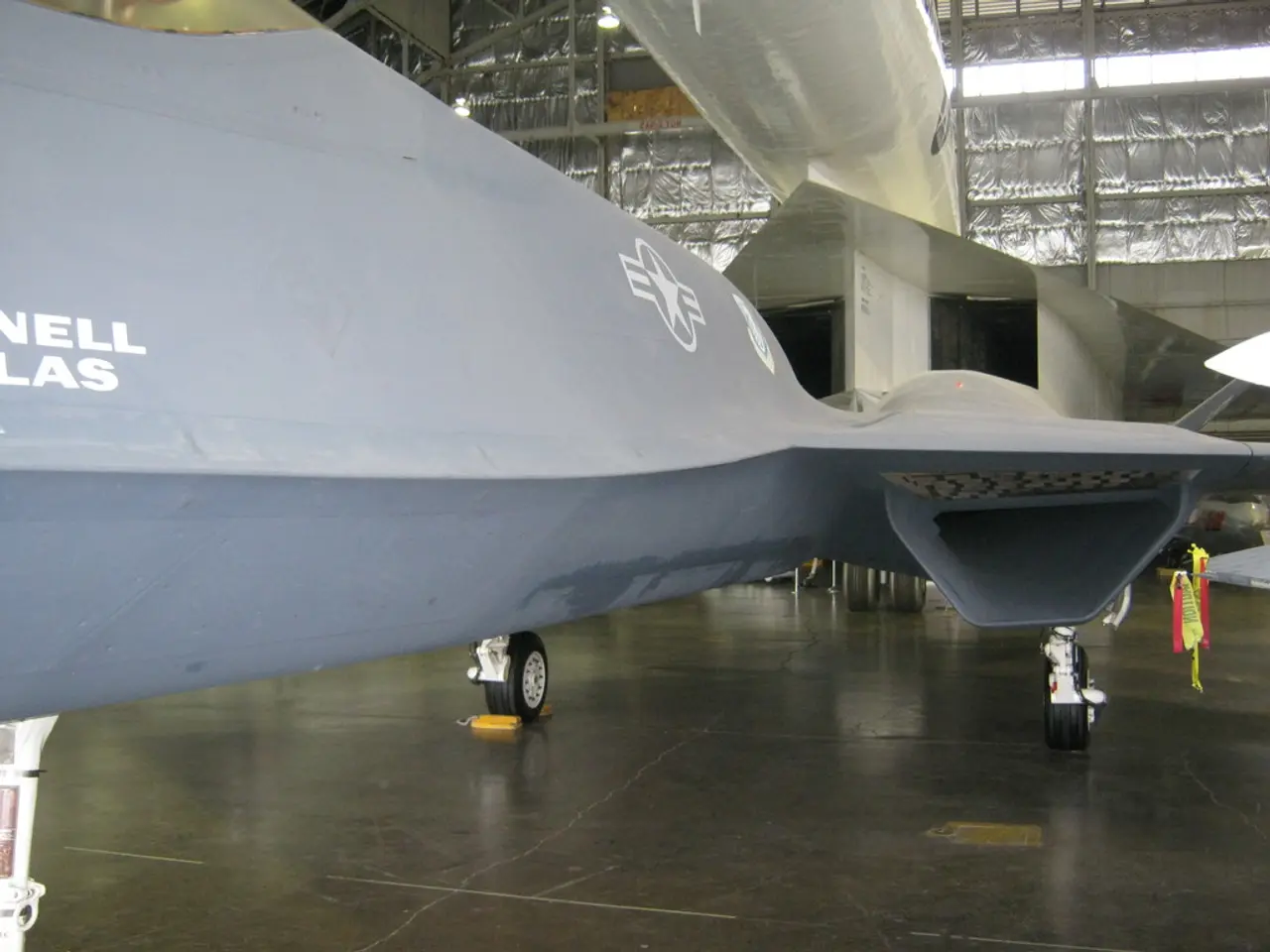QNX claims that its software enhances the safety and reliability of WeRide's autonomous vehicle technology.
In a significant move for the automotive industry, QNX, a division of Canadian tech company BlackBerry, has integrated its software into WeRide's semi-autonomous-driving technology. This collaboration represents a significant advancement in driver assistance systems, enhancing safety, reliability, and driving capabilities while still requiring driver readiness to take control at any time.
The integrated system is powering WeRide's advanced driver assistance system "ADAS WePilot." QNX software delivers safety, reliability, and real-time responsiveness, aiding automatic emergency braking and lane-keeping assistance. This L2-plus-plus system can handle more driving tasks for longer durations compared to standard L2, balancing features like defensive driving, agile lane-changing, and 360-degree obstacle avoidance. The technology is designed to operate anytime, anywhere, and in any weather, combining multi-modality sensors, map-free navigation, and full-stack deep learning algorithms, backed by key industrial safety certifications such as ISO/SAE 21434 and ISO 26262.
William Dong, country manager of Greater China at QNX, states that L2-plus-plus systems enable hands-free driving in a wider range of complex scenarios. Unlike L3, the driver must remain ready to take over at any time in L2-plus-plus systems. This approach allows automakers to mature and validate technology incrementally, build consumer confidence, and accumulate valuable driving data.
The WeRide-QNX collaboration exemplifies a pragmatic and scalable pathway in semi-autonomous driving technology that bridges current capabilities and future fully autonomous vehicles. In many markets, particularly China, advanced driver assistance capabilities like automated parking, highway pilot, and traffic jam assist are no longer just premium add-ons but central to how consumers evaluate value, safety, and innovation.
The impact on the automotive industry includes accelerated deployment of higher-level driver assistance systems that improve safety and user trust without waiting for full self-driving regulatory clearance. The system is designed for L2-plus-plus passenger vehicles, a key step toward delivering L3 capabilities. The modular and safety-certified software architecture also positions the system well to evolve alongside more advanced AI chips for autonomous driving, like NVIDIA’s DRIVE AGX Thor, which supports a range from L2+ through full L4 autonomy.
In terms of future potential, this L2-plus-plus technology marks an important step towards broader adoption of autonomous vehicles as part of smart city ecosystems, promising benefits like reduced traffic congestion, lower emissions, and improved road safety, as emphasized by WeRide’s leadership. Hua Zhong, senior vice president of engineering at WeRide, states that the collaboration with QNX is crucial to realizing a world where autonomous vehicles are a cornerstone of smart cities.
QNX is a voluminous supplier of software to auto companies, with customers including BMW, Bosch, Continental, Dongfeng Motor, Geely, Honda, Mercedes-Benz, Toyota, Volkswagen, Volvo, and more. The system is designed for smooth driving and faster infotainment, integrating sensor data effectively. Chinese BEV manufacturer Leapmotor has selected QNX technology as the foundation of its intelligent digital cockpit and autonomous drive domain controllers in its new B10 electric SUV.
Barrie Kirk, president of the Canadian Automated Vehicle Initiative (CAVI), advocates for a Trans-Canada Autonomous Truck Demonstration Project to increase interprovincial trade in Canada. The system is backed by industrial certifications such as ISO/SAE 21434, ISO 26262, and ASPICE CL2, ensuring safety and reliability.
In the words of Dong, advanced ADAS software is becoming a critical competitive component for OEMs. The current state of L2-plus-plus semi-autonomous driving technology, as demonstrated by the WeRide and QNX collaboration, is shaping innovation and regulatory approaches in the automotive sector.
- QNX, a company renowned for its software supply in the automotive industry, has partnered with WeRide to power their L2-plus-plus advanced driver assistance system, ADAS WePilot, integrating technology that ensures safety, reliability, and real-time responsiveness.
- The collaboration between WeRide and QNX embodies a pragmatic and scalable pathway in semi-autonomous driving technology, offering features like defensive driving, agile lane-changing, and 360-degree obstacle avoidance, and is designed to operate in any weather, backed by key industrial safety certifications.
- The integrated software system is not only powering WeRide's L2-plus-plus system, but also has been chosen by Chinese BEV manufacturer Leapmotor for its intelligent digital cockpit and autonomous drive domain controllers in the new B10 electric SUV, highlighting the technology's potential impact on the automotive, finance, and transportation industries.




